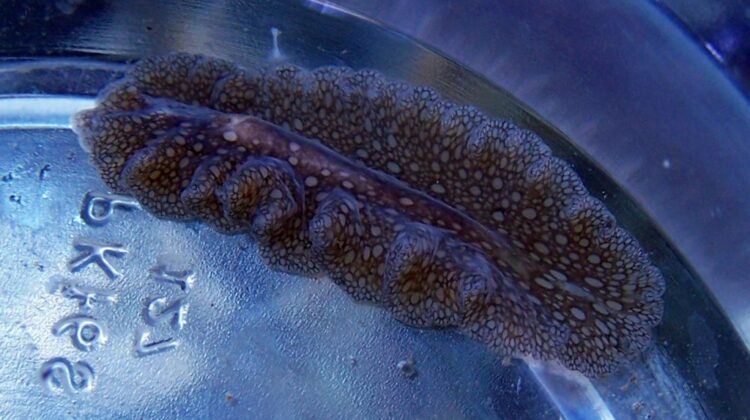
While browsing my favorite aquarium forum on the web (reddit.com/r/aquariums), I came across a new aquarist blog called Coral Ever After. It is owned by Nikki who is an aquarist with over 25 years of experience with more than five years of experience in saltwater aquariums. She has about 400 gallons of saltwater aquariums in her home at any given point, and her aquariums are SPS-dominant.
Nikki wrote a series of posts on how to identify invertebrates. This is an excerpt from her post (reposted with her permission) on identifying worms. At the end of this post you will find a link to the rest of her invertebrate series of blog posts.
Feather Dusters – Reef Safe
Feather dusters are actually filter-feeding worms that live in a paper-like or cement-like tube (often encased in rock or the sand.) Most that come in as hitchhikers will do just fine in the home aquarium, but larger ones sold at stores often slowly perish in all but the largest aquariums (likely from a lack of food). The “feathers” are actually called radioles, and cilia (finger-like projections) on the radioles move captured food particles and sediment to the center. The sediment is used to build the tube.
Basically, if you have a feather duster hitchhiker, place it in lower flow (cilia are more efficient) and enjoy it!
Spirorbid Snails – Reef Safe
These are like miniature hard-tube feather dusters that over cover glass in low-flow areas. They are harmless filter feeders.
Scary Worms – May or May Not Be Reef Safe
I find worms like this very frequently on new corals. I’m not sure what this one was, but I prefer to just keep them out of the aquarium. Some “scary” worms enjoy munching on corals.
Bristle Worms – Reef Safe with Caution
The stings from touching one are quite painful and the first aid protocol is to soak stung area in vinegar then hot water (don’t burn yourself) (of course, seek professional medical attention when needed).
Regardless of their scary outer appearance, these worms are scavengers. They eat detritus and decaying matter (dying fish, poo, etc.) If you see one on a dead fish, the fish was likely dead when the worm came along (these rarely kill fish). However, some of these can become insanely huge and predatory. Removal is best for large worms.
Black Worms – Reef Safe with Caution
While I was cycling a fairly new tank, these extremely tiny black worms (below…on a piece of eggcrate) appeared in full force. They appeared to only eat algae, and within a few weeks I never saw them again. I assume they were herbivores, and as soon as the tank finished its cycle, the food supply ran out. According to LeslieH on ReefCentral, they were probably oligochaetes or a small polychaete (both are harmless).
Peanut Worm – Reef Safe
This Sipunculid worm is a harmless filter feeder.
Flatworms – Not Reef Safe
Flatworms are usually very picky eaters – they usually only eat one thing and will starve if not provided a regular diet. I’m not 100% sure of the species of this one, but it resembles some predatory flatworms I’ve seen before.
Polyclad Flatworm – Not Reef Safe
This is a very large, very predatory flatworm known to feed on snails and sometimes mollusks. I had several of these come in on a coral, and it took about every chemical in my arsenal to kill them. Once they make it in to the aquarium, they’re nearly impossible to remove.
Acropora-Eating Flatworm (AEFW) – Not Reef Safe
These flatworms eat Acropora corals and reproduce rapidly. If your Acroporas look sickly, inspect them for small white bite marks. These flatworms blend in very well with whatever color the Acropora is, so bite marks are usually the most easily distinguishable clue. Treatment is with Levamisole or repeated dips over several weeks with CoralRx.
Click here to read the other Coral Ever After ID Information articles.
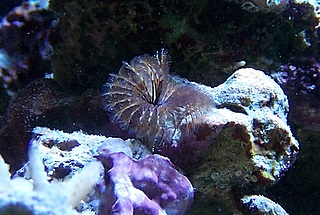
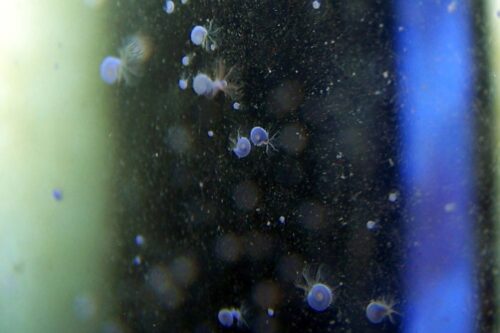

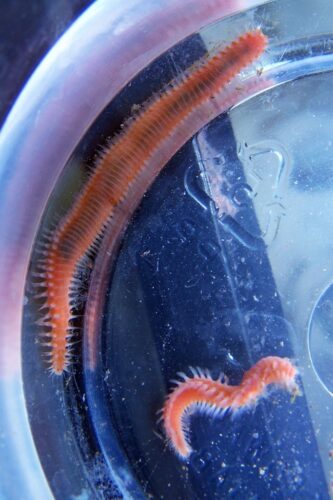
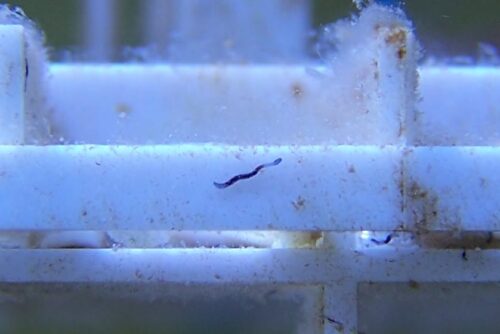
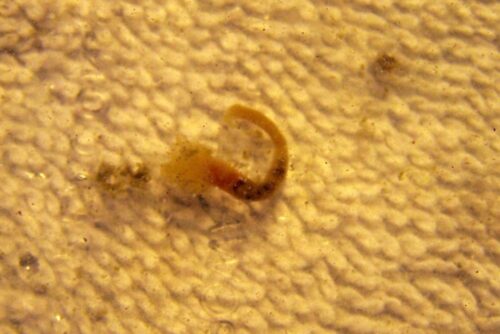
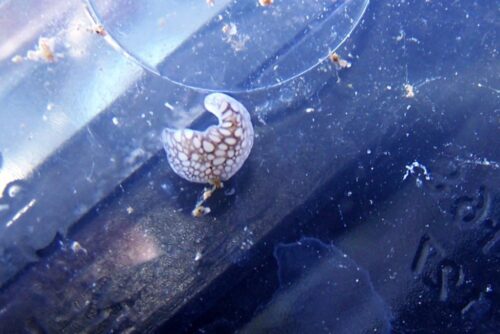
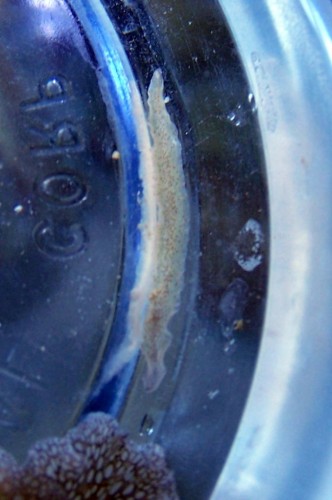
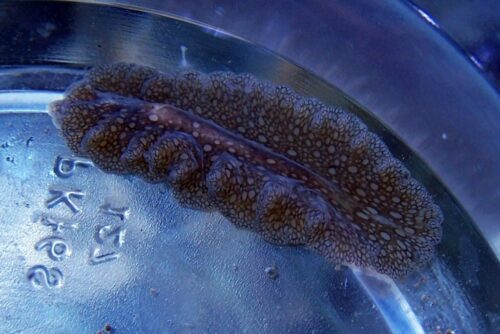
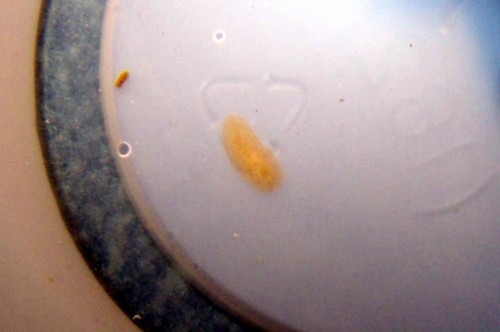








Plaes sell me some bristleworms or spaghetti worms